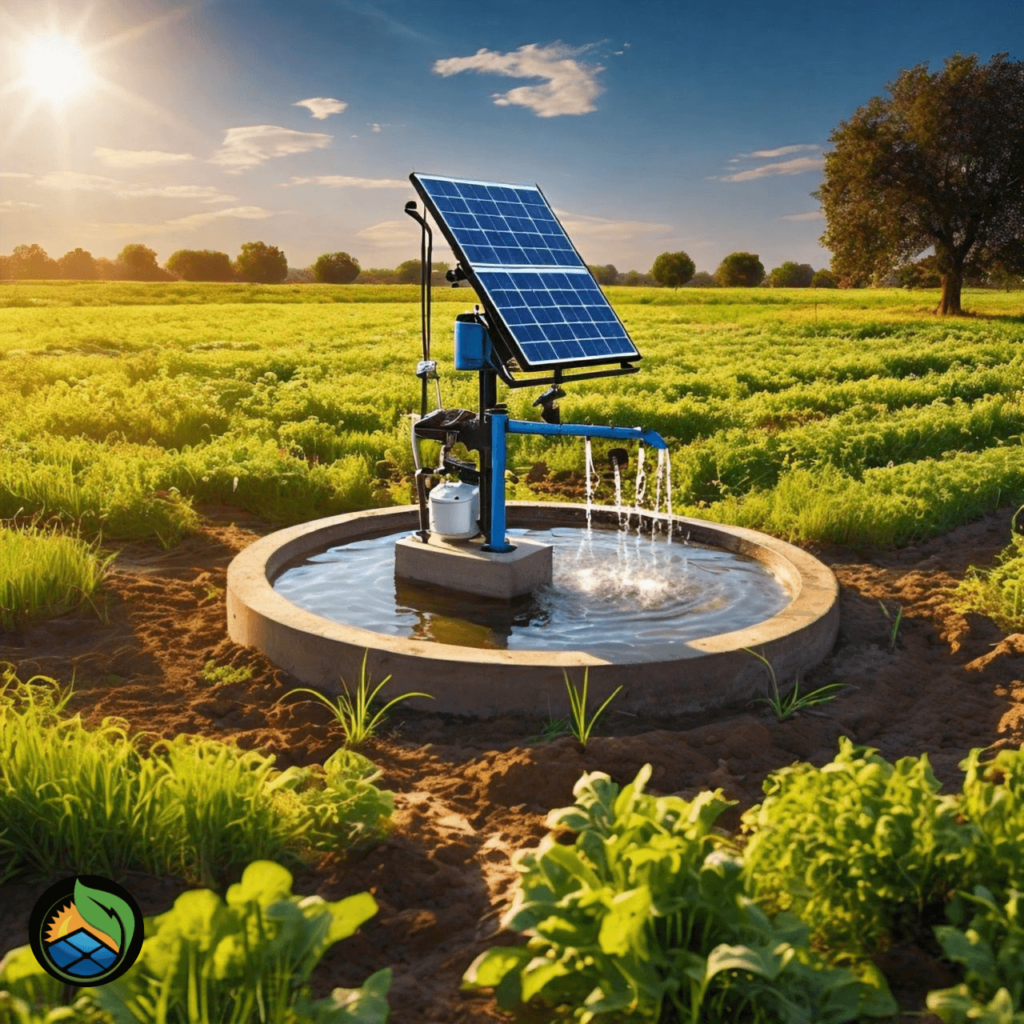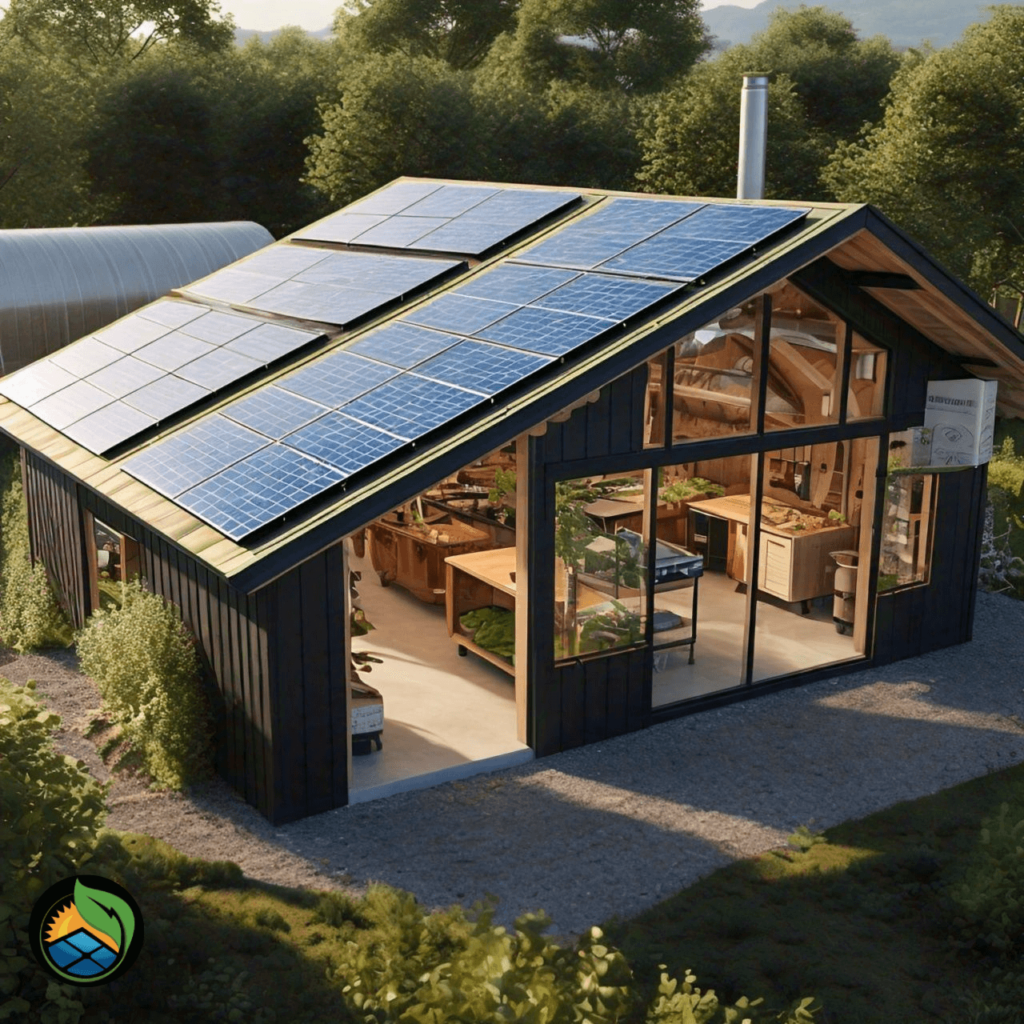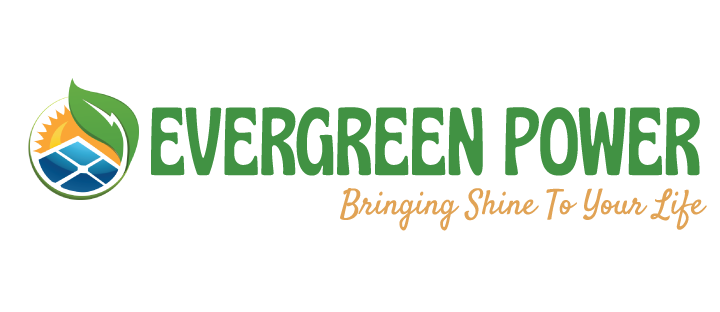In this blog post, we’ll explore the ins and outs of using solar panels directly without a battery, delving into the components, design considerations, benefits, and limitations of this setup.
Solar energy is a game-changer in the quest for sustainable and renewable energy sources. While most solar power systems incorporate batteries to store energy, it’s entirely possible to use solar panels without a battery. This approach can be both cost-effective and efficient for certain applications, particularly where power usage aligns closely with sunlight availability.
Understanding Solar Panels Directly Without a Battery
Direct solar power refers to the application of energy generated from solar panels without a central storehouse, like batteries. This means that the solar panels generate power, which is used immediately.This setup is particularly suitable for operations that require power during daylight hours when the sun is abundant. By understanding the direct use of solar energy, you can effectively harness this renewable resource for colorful operations, reducing reliance on conventional energy sources and minimizing environmental impact.
Applications Suitable for Direct Solar Power
Certain Operations are ideal for direct solar power operation. These generally include systems that need power during the day or have a constant cargo that matches the vacuum of sun.
Water pumps
Solar water pumps are a good example. These pumps work efficiently during the day and provide water for irrigation, livestock or domestic use. Continuous operation during sunny periods ensures sufficient water supply without energy storage. This is particularly useful in remote areas where access to the power grid is limited. In addition, solar water pumps can significantly reduce operating costs and provide a sustainable solution for water supply in agricultural environments.

Fans and ventilation systems
Fans and ventilation systems in greenhouses, workplaces and even homes benefit from direct solar energy. Because these systems are often most needed on hot, sunny days, they can run efficiently on electricity directly from solar panels. This not only improves air circulation, but also reduces dependence on the mains, which lowers energy bills. By integrating solar fans and ventilation systems, you can create a comfortable environment while promoting energy efficiency and sustainability.
Small Appliances
Some small appliances, such as LED lights, phone chargers and small kitchen appliances, can also be powered directly by solar panels. These devices typically have lower energy requirements and can be used during peak sunlight hours. By using solar energy in these devices, you can reduce your electricity consumption and carbon footprint. In addition, this approach is particularly useful in off-grid locations or outdoor activities, providing a convenient and environmentally friendly electrical solution.
Components Required for a Direct Solar Energy System
A number of key components are required to create a direct solar energy system to ensure efficient and safe operation.
Solar Panels
At the heart of all solar energy systems are solar panels that capture sunlight and convert it into electricity. The number and type of panels depends on the power requirements of your application. To ensure long-term performance, it is important to choose high-quality panels with adequate efficiency and durability. Additionally, consider factors such as panel size, weight and mounting options to meet your specific installation needs.
Charge controller
The charge controller regulates the voltage and current of the solar panels to prevent overload and protect the devices receiving power. Even without batteries, the charge controller can provide a constant and safe power supply. Choosing the right charge controller is important to maintain system stability and prevent damage to connected devices. Look for controllers with features like overcurrent protection, temperature compensation, and adjustable settings to optimize performance.
Inverter (optional)
Solar panels produce direct current, which an inverter then converts into alternating current (AC) to power household appliances. If your appliances run on DC, you may not need an inverter. However, if you intend to use AC appliances, it is essential to invest in a high-quality inverter with sufficient power and efficiency. Also, consider inverters with built-in safety features such as overload and short circuit protection to ensure reliable operation.
DC-DC Converters
DC-DC converters are used to increase or decrease the voltage of solar panels to meet the requirements of electrical devices. This ensures that your devices receive the correct voltage. When choosing DC-DC converters, consider things like input and output voltages, efficiency and thermal management. Properly installed inverters can improve the performance and lifespan of your solar system by providing stable, regulated power to connected equipment.
Designing the System

Careful planning is essential when designing an efficient direct solar energy system.
Calculate energy demand
Determine the total energy consumption of solar energy devices. This helps correctly size solar panels and other components. Start by listing all the devices you plan to power and noting their wattage (in watts) and estimated run time (in hours). To calculate the energy consumption (in watt-hours) of each appliance, multiply the rated power by the operating time. To determine the total energy demand of the system, add up the energy consumption of all devices.
Panel Size
Calculate the number of solar panels you need based on your energy needs. Consider factors such as panel efficiency, geographic location, and typical sunlight hours. Determine the exact size of the panels by dividing the total energy requirement by the average daily sunlight hours in your area. This will give you the total power required (in watts) for the solar panels. Consider panel efficiency and potential shading or orientation issues to ensure adequate energy production.
Regulation and Protection
Protect your system from electrical faults and surges by using protective measures such as fuses, circuit breakers and surge protectors. Proper regulation and protection are essential to maintaining the safety and reliability of a solar energy system. Install appropriate protection devices at key points in the system, such as between the solar panels and the charge controller and between the charge controller and the connected devices. Check and test these safeguards regularly to ensure they are working properly.
Wiring and Connectivity
Make sure all components are properly connected with the correct type and size of wiring. Secure and weatherproof connections are critical to the longevity and safety of the system. Use high-quality, UV-resistant cables that are suitable for outdoor use and can handle the current and voltage levels of your system. Follow recommended cabling practices, such as using proper connectors, securing cables with clips or ties, and avoiding sharp bends or stress points. Label and organize wires correctly to facilitate maintenance and troubleshooting.
Advantages of using solar panels directly
There are several advantages of using solar panels without batteries.

Cost-effective
Eliminating the need for batteries reduces initial investment and maintenance costs. Batteries are expensive and need to be replaced regularly, so direct solar power may be more economical. By avoiding battery costs, you can allocate more budget to higher quality solar panels, charge controllers and other essential components. In addition, direct solar electric systems typically have lower operating costs because they do not involve the energy losses associated with battery charge and discharge cycles.
Efficiency
Direct use of solar electricity can be more efficient because there is no loss of energy when charging and discharging batteries. Solar panels directly power household appliances, maximizing efficiency by using the energy as it’s produced. This direct approach reduces energy conversion steps, improving overall system efficiency. In addition, by optimizing the placement and orientation of solar panels, you can improve their performance and ensure consistent power production throughout the day.
Environmentally friendly
Without batteries, the environmental impact of a solar energy system is reduced. Batteries contain hazardous substances and their disposal is an environmental problem. By relying solely on solar panels, you reduce the use of toxic chemicals and heavy metals and contribute to a cleaner and healthier environment. In addition, the reduced need for battery production and disposal reduces the carbon footprint of your solar energy system and promotes sustainable energy consumption.
Challenges and Limitations
Despite the advantages, direct use of solar panels also brings challenges.
Intermittent Power
Solar panels produce electricity only when the sun is shining. Cloudy days and nights mean that no electricity is produced, which can be a major limitation for applications that require continuous power. To address this challenge, consider implementing strategies such as load shedding, where non-essential equipment is turned off during periods of low sunlight. In addition, the inclusion of alternative energy sources or backup systems can ensure reliability during periods of low solar energy.
Voltage Fluctuation
The output of solar panels can vary due to changes in sunlight intensity. Without a battery to buffer these fluctuations, the power supply to sensitive equipment can become unstable. You can reduce voltage fluctuations by using charge controllers and DC-DC converters with built-in voltage regulation. Additionally, consider using power regulators or stabilizers to ensure a constant voltage to sensitive electronics. Proper system design and component selection can help maintain stable power and protect connected devices from damage.
Limitation of energy storage
Without batteries, it is not possible to store excess energy generated during peak hours of sunlight for later use. This limits the availability of solar energy to sunlight. To optimize energy use, schedule energy-intensive tasks during peak sunlight hours, when solar energy production is greatest. Additionally, explore options such as grid-tied systems or hybrid systems that can provide additional power during periods of low solar power. By carefully managing your energy consumption and exploring alternative storage solutions, you can maximize the benefits of direct solar energy.
Mitigating Intermittency
There are ways to mitigate the downtime and reliability issues directly related to solar.
Grid-connected systems
With a grid-connected system, you can take electricity from the grid when solar electricity is not enough. This arrangement ensures reliability and also allows you to sell excess power back to the grid. By integrating a grid-connected inverter, your solar energy system can seamlessly switch between solar and grid electricity, ensuring a constant and reliable power supply. Additionally, participating in net metering programs can provide financial incentives because you can earn credits for excess solar energy fed back into the grid.
Hybrid Systems
Hybrid systems combine solar panels with other energy sources such as generators or small wind turbines. These systems can provide a more unified power supply using multiple energy sources. With a hybrid inverter, you can effectively control and balance the production of electricity from different sources, which ensures a stable and reliable power supply. In addition, hybrid systems can provide backup power during times of low solar power, improving the overall flexibility and reliability of your electrical system.
Practical Tips
By following these practical tips, you can optimize the performance of your direct solar system.
Use energy-efficient appliances
Choose appliances with low energy consumption and high efficiency. This ensures that your solar energy system can efficiently meet your energy needs. Energy-efficient equipment not only reduces overall energy demand, but also extends the life of the PV system by reducing stress on components. To maximize the benefits of a solar energy system, look for devices with energy-saving features such as LED lighting, low-energy chambers and efficient motors.
Optimize Panel Placement
Place solar panels to get as much sunlight as possible throughout the day. Avoid shading and make sure they are at the right angle to collect the most sunlight. Perform a thorough on-site assessment to determine the optimal placement of the panels, taking into account factors such as roof orientation, pitch and potential obstructions. Clean and maintain panels regularly to remove dirt, debris and shadows from nearby objects, ensuring maximum energy return.
Regular maintenance
To maintain efficiency, keep your solar panels clean and free of debris. Regularly check connections and components for wear. Perform routine checks of the entire system, including solar panels, wiring, charge controllers and inverters, to quickly identify and resolve potential problems. Clean the panels with appropriate cleaning methods and avoid using abrasive materials that can damage the surface.
FAQs
Can a solar panel be used without a battery?
Yes, a solar panel can be used without a battery. This setup involves using the electricity generated by the solar panel directly to power devices or systems.
How to use a solar panel directly?
To use a solar panel directly, you need to connect it to your devices through a system that includes a charge controller to regulate the voltage and protect your devices. Depending on the devices, you may also need DC-DC converters to match the voltage requirements and an inverter if your devices require AC power.
Can you run an appliance directly from a solar panel?
Yes, you can run certain appliances directly from a solar panel, especially those with low power requirements and that operate on DC power. Examples include water pumps, fans, and small electronic devices like LED lights and phone chargers.
Can I hook up a solar panel directly to a battery?
Technically, you can hook up a solar panel directly to a battery, but it’s not recommended. Without a charge controller, there’s a risk of overcharging or damaging the battery due to unregulated voltage.
What happens if an MPPT is used without a battery?
If an MPPT (Maximum Power Point Tracking) charge controller is used without a battery, it can still regulate the voltage and current from the solar panel to the load, optimizing the power output.
Conclusion
Using solar panels directly without a battery can be a viable and efficient solution for many applications. Although there are things to consider, careful planning and the right components can create a reliable and cost-effective solar power system. Whether you’re using a water pump, ventilation system, or small appliances, understanding the intricacies of using direct solar energy can help you get the most out of this sustainable energy source. Harness the power of the sun and step into a greener, more energy-efficient future. By using direct solar energy, you can reduce your dependence on traditional energy sources, reduce your environmental impact and enjoy the benefits of clean, renewable energy.
